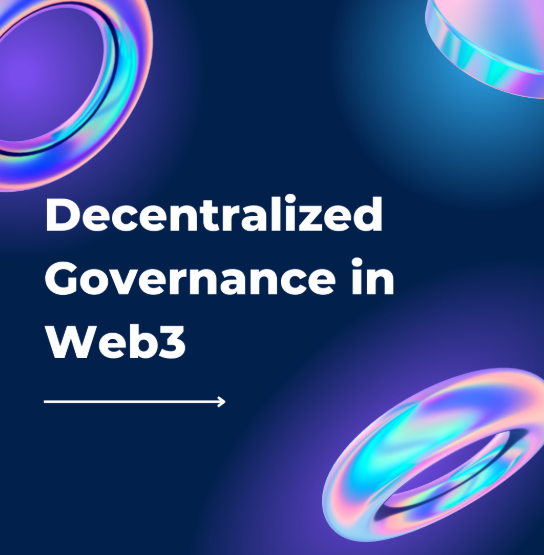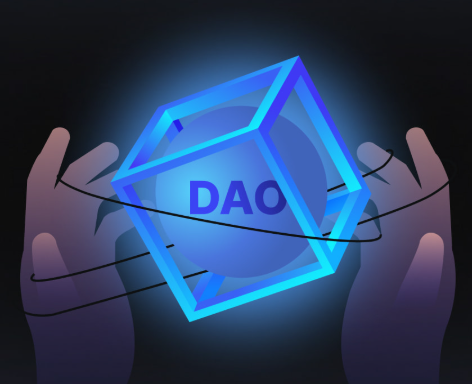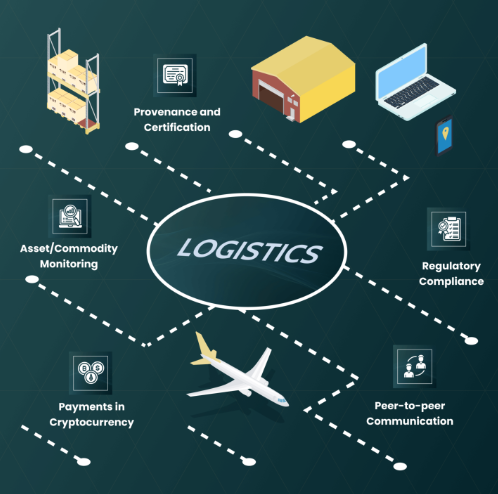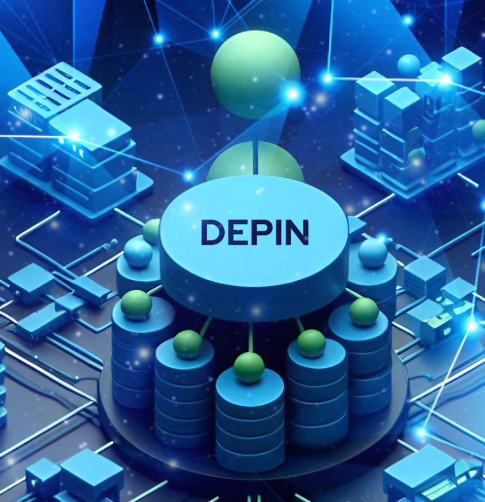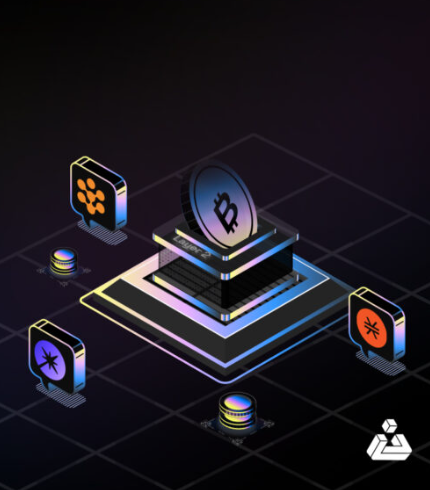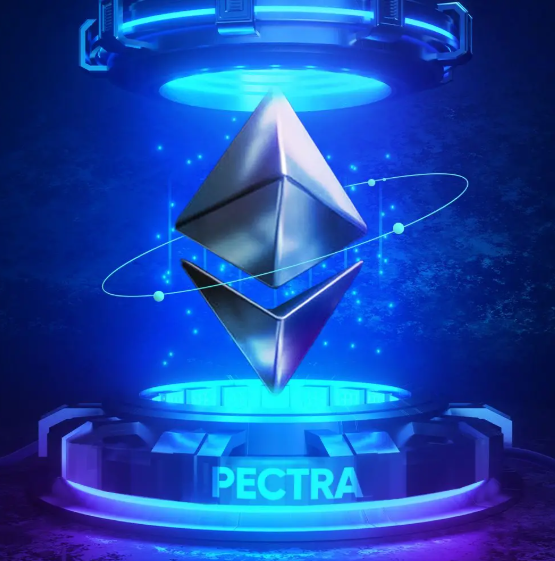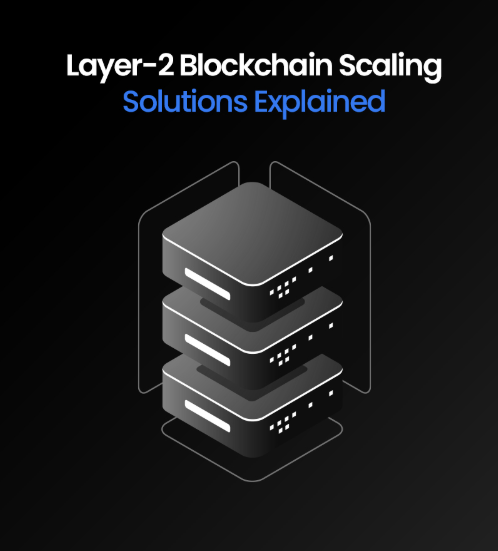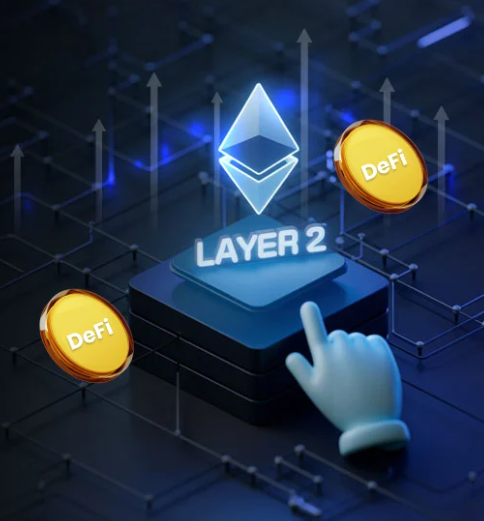
DeFi, or Decentralized Finance, has transformed the financial landscape by eliminating traditional intermediaries and offering open, permissionless financial systems. However, with innovation comes inherent risk. To succeed in DeFi, investors and developers must understand and manage these risks effectively. In this blog, we explore the key risk factors you need to consider before integrating any protocol into your DeFi strategy, offering insights to make well-informed decisions.
1. Security and Code Integrity
Code Audits
Security is the foundation of any successful DeFi project. Independent security audits conducted by reputable firms ensure that the code is secure and free of vulnerabilities. These audits are essential for building trust and transparency within the community, with detailed reports often made publicly available for further verification.
Bug Bounty Programs
A well-structured bug bounty program invites independent security researchers to test the platform for weaknesses. The existence and scope of these programs reflect the project’s commitment to proactively addressing security concerns, and the rewards offered can serve as an additional incentive for thorough scrutiny.
Admin Key and Upgradeable Contract Risks
DeFi protocols often rely on admin keys, which centralize control. It’s vital to assess whether a protocol uses upgradeable contracts and how these upgrades are managed. Poorly managed upgrades or centralized controls can expose the project to security risks.
2. Development and Maintenance Indicators
Development Activity
Consistent and high levels of development activity indicate that the protocol is being actively maintained. Metrics such as the frequency of commits, the number of active developers, and updates to repositories help assess how responsive the team is to ongoing challenges.
Issue and Pull Request Management
The efficiency with which open issues are addressed and how quickly pull requests are processed offers insight into the development team’s ability to manage the protocol. A rapid response to problems minimizes vulnerabilities and ensures smooth operation.
Test Coverage
Comprehensive testing is essential for identifying bugs early in the development process. High code coverage through automated tests reduces the chances of critical functionality breaking due to changes, ensuring that the protocol remains stable.
Documentation
Clear and accessible documentation plays a crucial role not only for developers but also for users and auditors. Well-organized documentation detailing the protocol’s functionality, upgrade procedures, and governance models enhances transparency and aids in accurate decision-making.
3. Liquidity, Transaction, and Integration Insights
Liquidity and TVL (Total Value Locked)
A healthy level of liquidity, combined with a strong Total Value Locked (TVL), is crucial for ensuring that the protocol can weather market fluctuations. Monitoring these metrics over time helps detect potential liquidity risks that could hinder performance.
Transaction Volume
The number of transactions and overall activity level can reflect the protocol’s popularity and usage. However, sudden changes, such as spikes or drops in transaction volume, could indicate operational challenges or market volatility that require closer examination.
Integration with Other Protocols
Many DeFi strategies rely on the ability to interact with other protocols. Evaluating the volume and frequency of these integrations can reveal whether the protocol is well-connected within the ecosystem or vulnerable to systemic risks due to external dependencies.
4. Social, Community, and Governance Factors
Community Engagement and Reputation
An active, engaged community is often a sign of a project’s authenticity and long-term potential. Monitoring social platforms like Discord, Reddit, and Twitter can provide valuable insights into user sentiment and overall community involvement. A project with low-quality or manufactured engagement may be a red flag.
Public Engagement and Partnerships
Established collaborations with reputable companies or participation in industry events can bolster a protocol’s credibility. A strong presence in the DeFi space can signify a commitment to following industry best practices and maintaining transparency.
Governance Structure
Governance tokens enable decentralized decision-making, but they can also lead to risks if voting power becomes concentrated in the hands of a few individuals or entities. A thorough review of how governance is structured and whether the process is transparent and fair is necessary to prevent issues such as “rug pulls” or manipulation.
5. Financial Health and Sustainability
Tokenomics
The design of a protocol’s tokenomics, including the distribution of tokens, vesting schedules, and inflationary or deflationary models, plays a crucial role in its long-term viability. Flawed tokenomics can expose users to the risk of dilution or manipulation, so it’s important to assess the overall health of the token economy.
Financial Transparency
DeFi protocols should provide clear, regular financial reporting to ensure transparency in how funds are allocated. This could include funding for development, operational costs, and marketing. A well-managed financial structure reduces the risk of misallocation or mismanagement.
User and Liquidity Provider Metrics
Metrics related to user activity and the number of liquidity providers are key indicators of a protocol’s adoption and real-world utility. Growing numbers in these areas suggest that the project is meeting user demands and that its ecosystem is expanding.
Conclusion
Navigating risk in DeFi is an ongoing process, as the ecosystem continues to evolve. By carefully considering factors such as security, development activity, liquidity, community sentiment, and financial health, investors and developers can mitigate risks and ensure the success of their DeFi strategies. Staying vigilant and informed about both technical and market risks will help you build a solid foundation for long-term success in the decentralized finance space.















